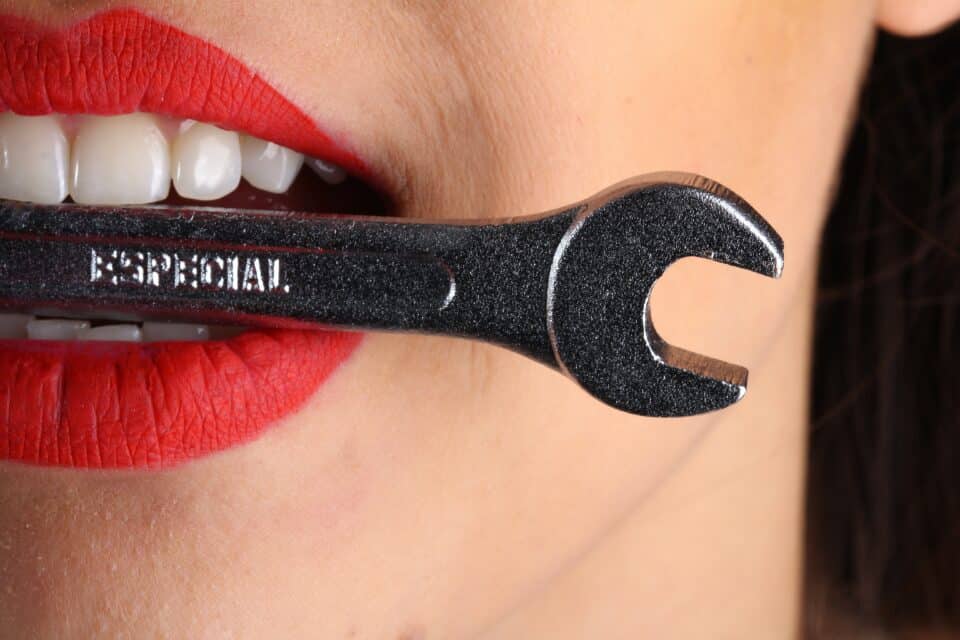Oral hygiene is more than a routine; it’s a passport to a healthy smile and a confident you. An essential player in this regimen is mouthwash, a potent ally in the fight against gum disease and tooth decay. But do we know enough about this everyday superhero? This comprehensive guide pulls back the curtain, revealing the what, why, and how of mouthwash.
How to Use Mouthwash
For the uninitiated, using mouth-wash is a straightforward affair. Pour the liquid into the cap or a cup, following the quantity guidelines on the bottle. Transfer the liquid into your mouth, swish it around for about 30 seconds, and then spit it out. But remember: don’t rinse, eat, or drink immediately after, as you might wash away the protective shield mouthwash leaves behind.
The great mouthwash debate: before or after brushing? Dentists suggest using mouthwash at a different time to brushing, perhaps after lunch when you’re not brushing, to keep the fluoride from your toothpaste working longer.
What Does it Do
Mouthwash is like a spa for your mouth. It reaches corners that your toothbrush can’t, dislodging trapped food particles and reducing bacteria. It’s a gum disease warrior, fighting plaque and gingivitis, and a breath freshener, battling bad breath.
Why Does Mouthwash Burn
If your mouthwash makes you feel like a dragon breathing fire, it’s likely due to the alcohol content. But fear not, it’s not a sign of your mouth revolting. It’s merely the antiseptic qualities at work. However, if the sensation is too intense, consider switching to an alcohol-free variant.
What Happens If You Swallow
Accidentally swallowing a small amount of mouthwash might give you a tummy ache. But if you ingest a larger amount, it could lead to more serious issues like intoxication, especially in children. If you or someone else swallows a significant quantity, seek medical help immediately.
What is the Best Mouthwash
The “best” mouthwash depends on your individual needs. For some, a fluoride mouthwash to fight cavities might be best. Others might need a cosmetic mouthwash to control bad breath. The key is to look for the American Dental Association (ADA) Seal of Acceptance for a safe and effective product.
Introducing Crest Scope
Now, let’s put a spotlight on a particular brand: Crest Scope Mouthwash. It promises to kill 99% of bad breath germs, leaving you with a minty fresh breath. Its alcohol-free formula also means you can say goodbye to that burning sensation without compromising effectiveness.
How Often Should You Use
Most dentists recommend using mouthwash once or twice a day. However, it’s best to follow the instructions on the bottle or your dentist’s advice, as some mouthwashes are strong and may only be recommended for use every other day.
How Long Should You Wait to Use
Wait, should you rinse and spit after brushing, right? Not so fast. To give your toothpaste’s fluoride a chance to work its magic, wait about 30 minutes before reaching for your mouthwash.
How to Make Homemade Mouthwash
If you’re a fan of DIY or prefer a natural alternative, making your own mouthwash at home is a breeze. Mix a cup of distilled water, a teaspoon of baking soda, and a few drops of peppermint essential oil. Voila! A homemade, refreshing mouthwash. Remember, however, that this doesn’t contain fluoride or other specific ingredients found in commercial mouthwashes that protect oral health.
How Much Alcohol is in Mouthwash
The alcohol content in mouthwash can range from 6% to 27%, depending on the brand and type. Alcohol acts as a carrier for essential active ingredients in mouthwash, but it can also cause that fiery burn. If you’re sensitive to alcohol or prefer to avoid it, there are plenty of alcohol-free options on the market.
How to Use Hydrogen Peroxide as a Mouthwash
Hydrogen peroxide, a common household item, can also double as a mouthwash. To use, mix equal parts of 3% hydrogen peroxide with water, swish it around your mouth for about a minute, and then spit it out. It can help kill bacteria and whiten teeth. But remember: overuse can lead to tooth sensitivity, so it’s best for occasional use only.
Conclusion
Mouthwash is more than a minty end to your brushing routine; it’s a dental health essential. Whether you’re a Crest Scope aficionado or a homemade mix master, the right mouthwash can elevate your oral care routine, keep your mouth fresh, bright smile and bring a confident smile to your face. Remember, the best dental care routine is the one you stick to, so find a mouthwash you love, and let your smile do the talking!
Frequently Asked Questions
Q: How often should I use mouthwash?
A: Most dentists recommend using mouthwash once or twice a day. However, it’s best to follow the instructions on the bottle or your dentist’s advice, as some mouthwashes are strong and may only be recommended for use every other day.
Q: Why does mouthwash burn?
A: The burning sensation you experience when using mouthwash is likely due to the alcohol content. It’s an antiseptic at work. However, if the sensation is too intense, consider switching to an alcohol-free variant.
Q: Can I use hydrogen peroxide as a mouthwash?
A: Yes, hydrogen peroxide can double as a mouthwash. To use, mix equal parts of 3% hydrogen peroxide with water, swish it around your mouth for about a minute, and then spit it out. However, overuse can lead to tooth sensitivity.
Q: What sets Crest Scope Mouthwash apart?
A: Crest Scope Mouthwash promises to kill 99% of bad breath germs, leaving you with a minty fresh breath. Its alcohol-free formula also means you can say goodbye to the burning sensation without compromising effectiveness.

